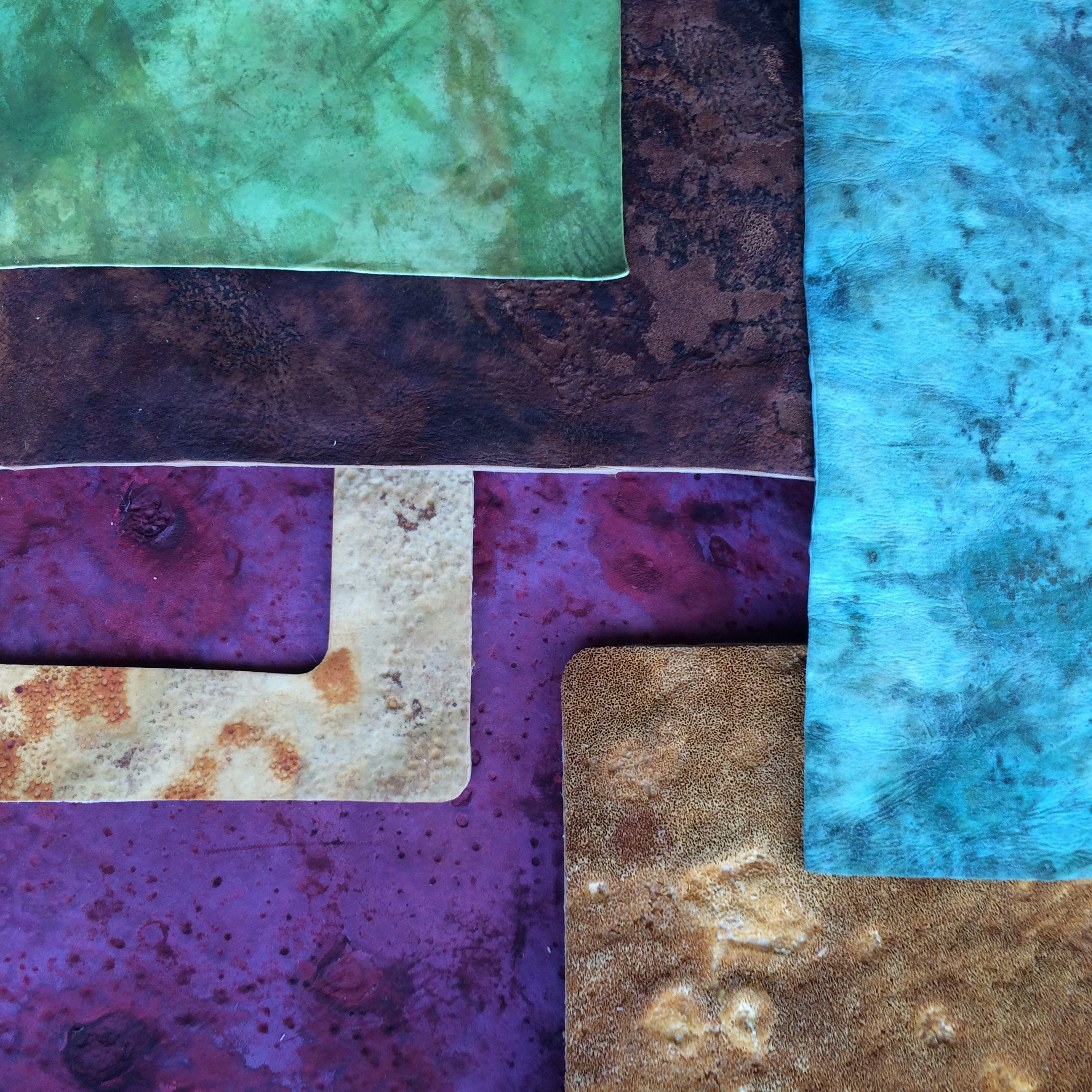Myco-materials may be the future of fabric manufacturing
Philip Ross began his career working as a chef and artist in the 1980s.

Philip Ross began his career working as a chef and artist in the 1980s. As he worked with mushrooms in the kitchen, he was inspired to use them in an architectural art project that eventually grew into an entrepreneurial venture in 2013 when he started MycoWorks.
The start-up company grows Ganoderma lucidum into flexible leather-like fabric as well as hard building materials. Although the building material is still under development, the company’s work with their leather product is astonishing. MycoWorks uses G. lucidum because it is easy to grow on sawdust, cornhusks, and agricultural waste. This species also has a rich history of medicinal use in Asia and therefore a vast body of academic literature documenting how it interacts with humans.

The fungal mycelium makes an ideal raw material because it requires much less investment of resources than traditional animal leather, and the leather material created from it is breathable, water-wicking, and naturally antimicrobial. The “fabric” can also be manipulated to grow to almost any desired thickness, into various shapes and sizes, and even to create fasteners what would have to be sewn into more traditional textiles.
Scientists at MycoWorks are still working with the production environment of this material by subtly changing the fungal growth conditions to encourage the most beneficial phenotypes. Specifically, they are studying the durability of myco-leather and the scalability of their manufacturing processes. Though their product is not yet available to the public, Ross, and the MycoWorks staff hope to accomplish this goal soon.
Sources:



 Print
Print Email
Email




